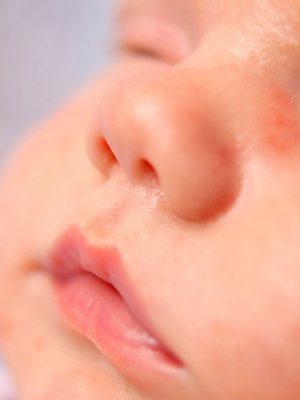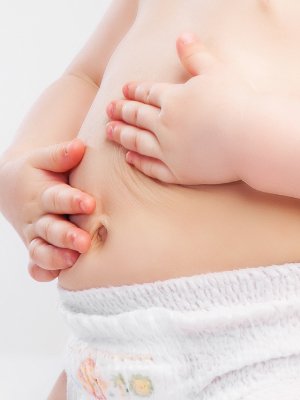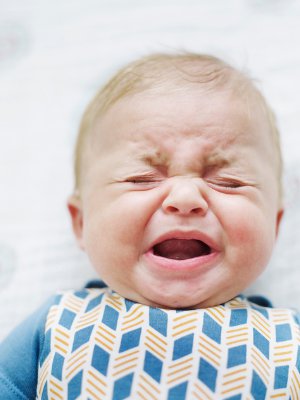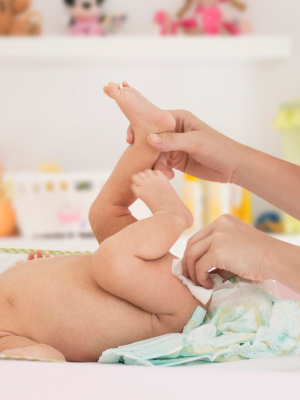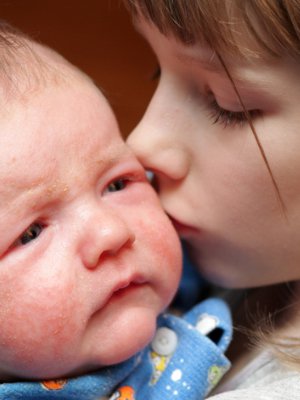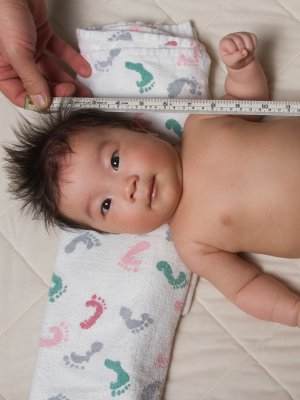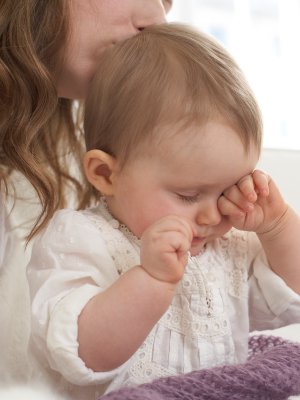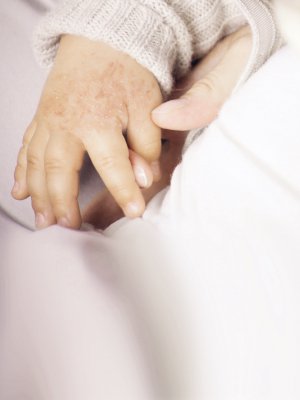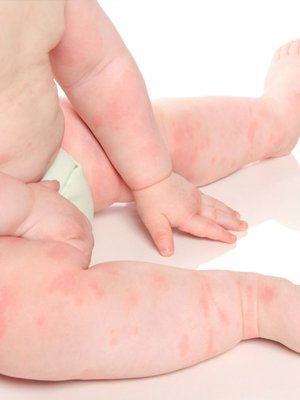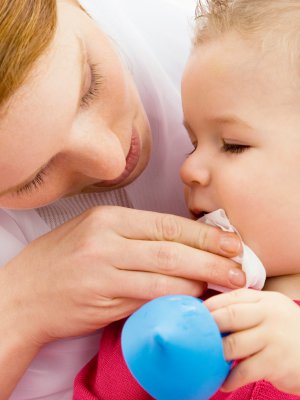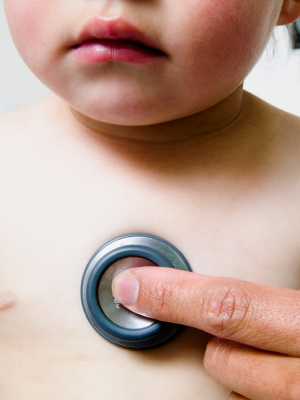Cow’s Milk Protein Allergy: Infantile insomnia symptom
INFANTILE INSOMNIA

We believe breast milk is the best food for infants. When in consultation with their healthcare professional, mothers and families find that optimal breastfeeding is not possible due to their infant’s medical condition, formulas for special medical purposes play a vital role in providing essential nutrients to infants. We have a global commitment to market breast-milk substitutes responsibly.
Infantile insomnia is defined as a difficulty falling or staying asleep and is characterised differently during a child’s development.1
Poor sleep is common in infants. It is perfectly normal that newborns will not have full night of sleep before they reach 3 months of age.2
What causes insomnia in infants?
In older infants, Cow’s Milk Protein Allergy (CMPA) may cause infantile insomnia.1 In most cases, the causes of insomnia are environmental factors; however, in some cases sleep problems are due to an underlying medical condition.
Insomnia as a symptom of Cow’s Milk Protein Allergy
Infants with clinically evident CMPA may suffer from symptoms of insomnia. When no evident causes for chronic insomnia can be found in an infant, the possibility of a CMPA should be given serious consideration.3,4

Signs and symptoms related to CMPA
The majority of infants affected with CMPA have at least two symptoms affecting at least two different organ systems.5,6
Having an awareness of the most common symptoms of CMPA can help you to make an earlier diagnosis of CMPA in your patients.
CoMiSS® awareness tool
The Cow’s Milk-related Symptom Score (CoMiSS)® is a simple, fast and easy-to-use awareness tool designed to help you more easily recognise the signs and symptoms that can be cow’s milk-related in infants and young children.

If you suspect your patient is suffering from symptoms that may be suggestive of CMPA, use the CoMiSS® tool to score and assess the likelihood of CMPA.
OTHER SYMPTOMS OF COW'S MILK PROTEIN ALLERGY
|
References |
|
1. Nunes ML. and Cavalcante V. J Pediatr (Rio J). 2005;81(4):277–86 2. Newborn-Sleep Patterns. Stanford Children’s Health http://www.stanfordchildrens.org (Accessed February 2016) 3. Kahn A., et al. Sleep and Health Risk 458–67 4. Kahn A ., et al. Pediatrics. 1985;76:6:880–4 5. Lifschitz C. and Szajewska H. Eur J Pediatr. 2015;174:141–50 6. Høst A. Pediatr Allergy Immunol. 1994;5:1–36 |

